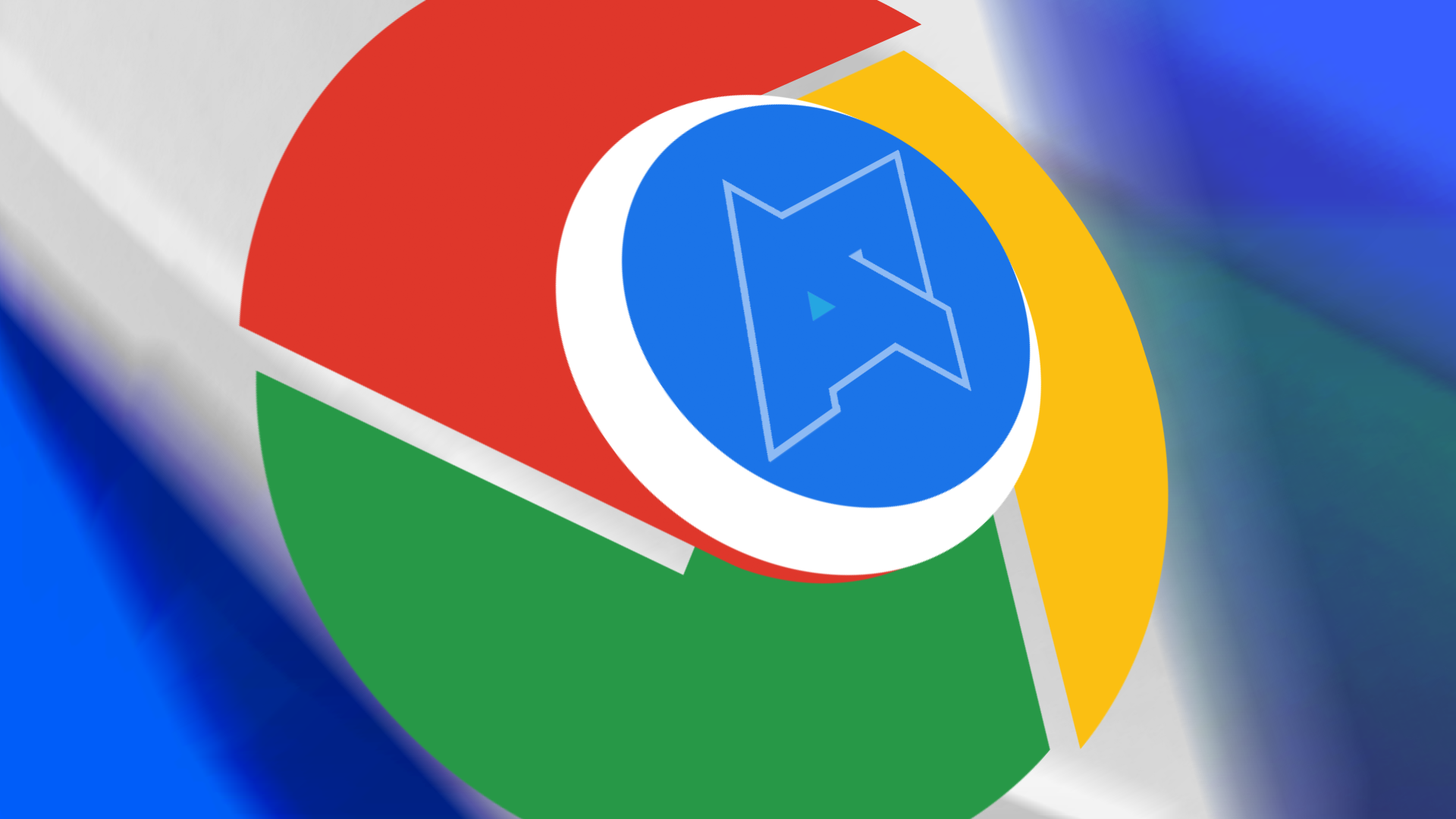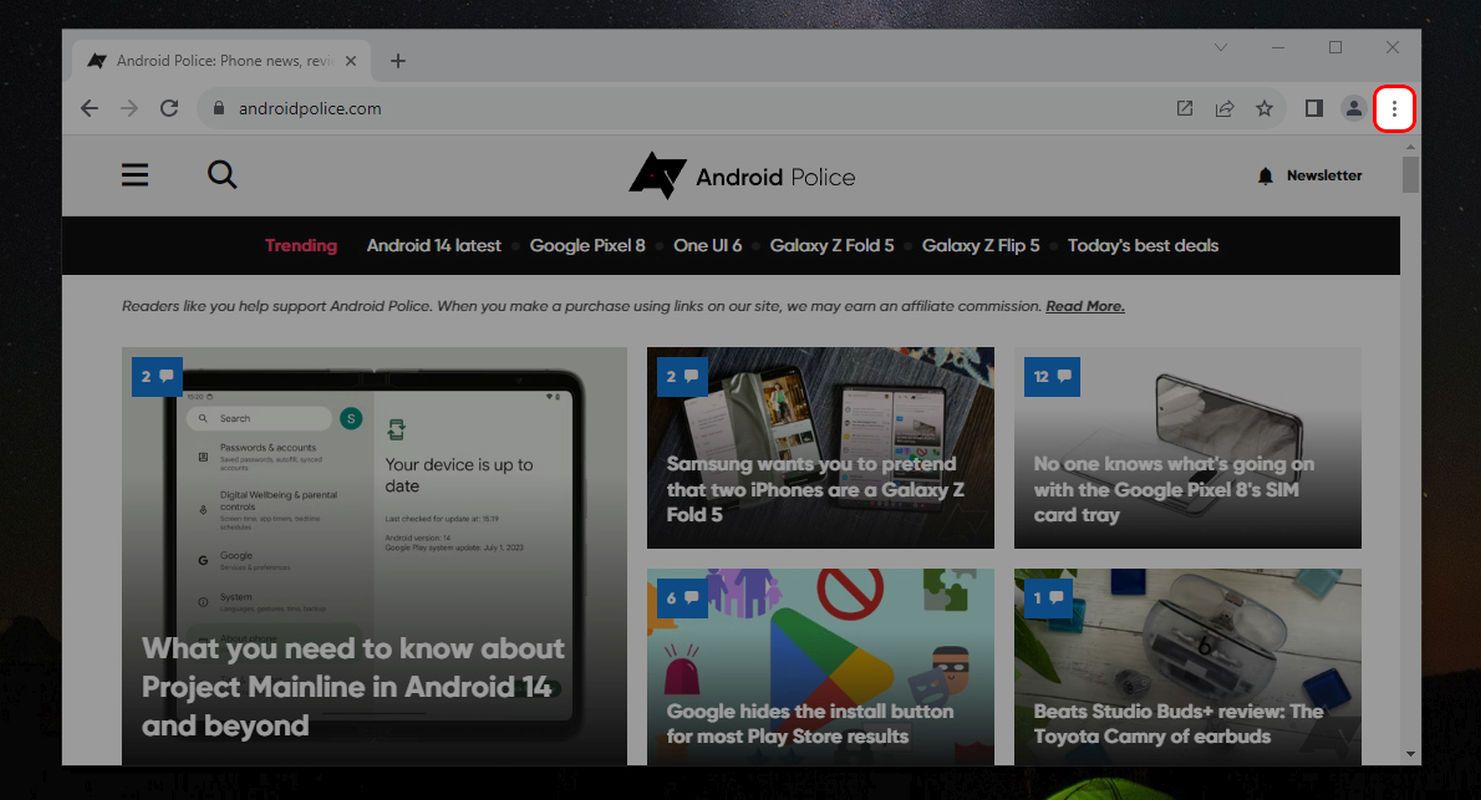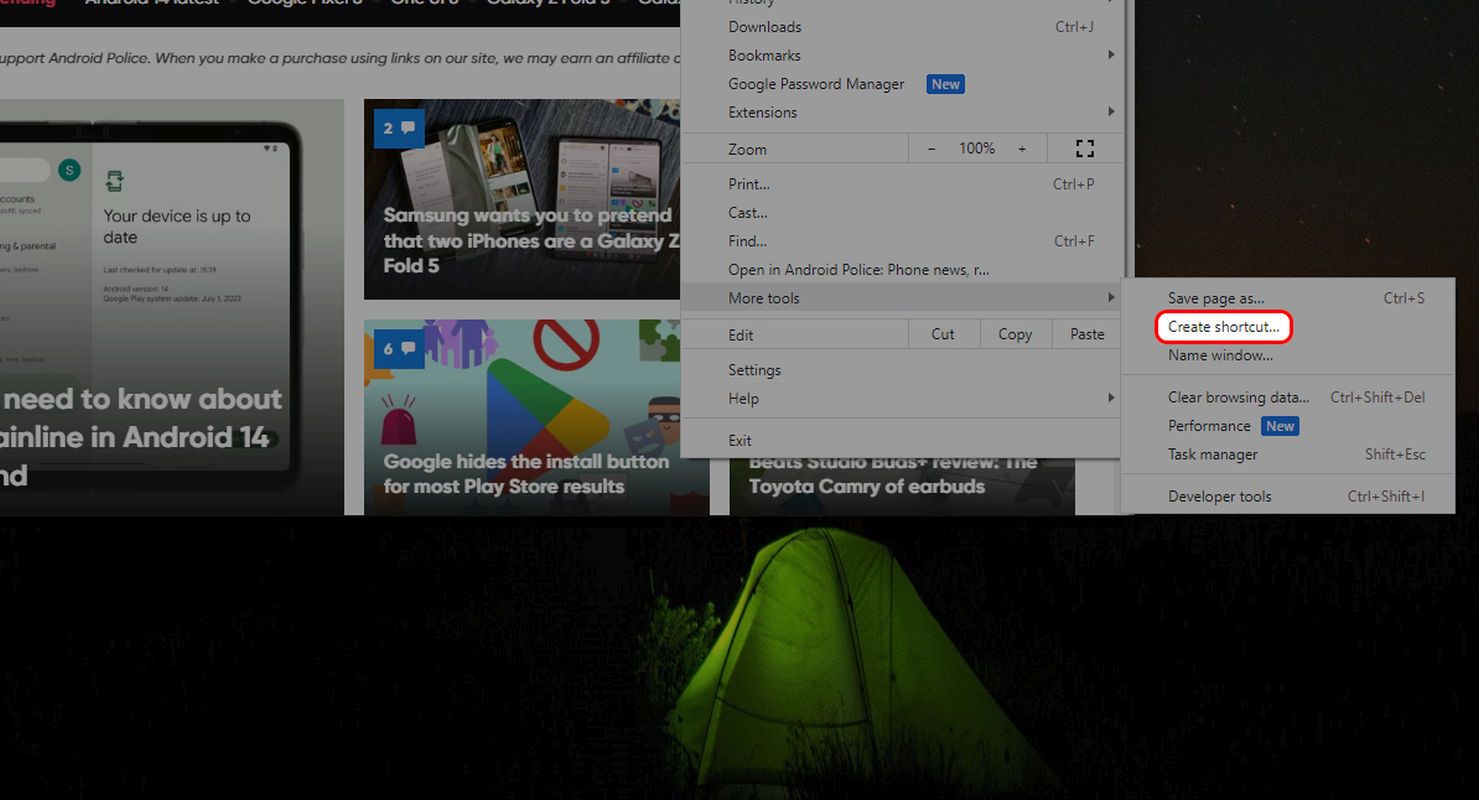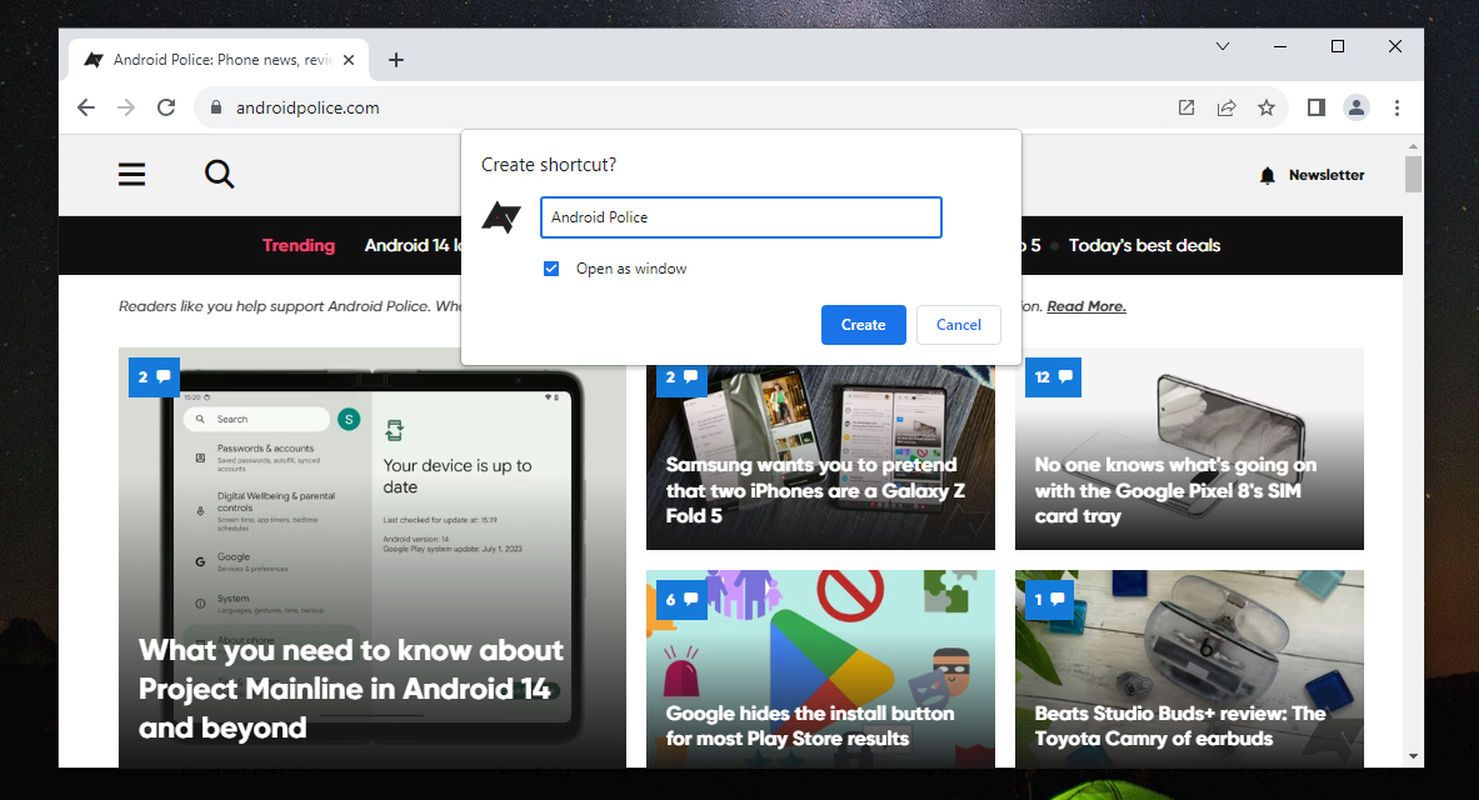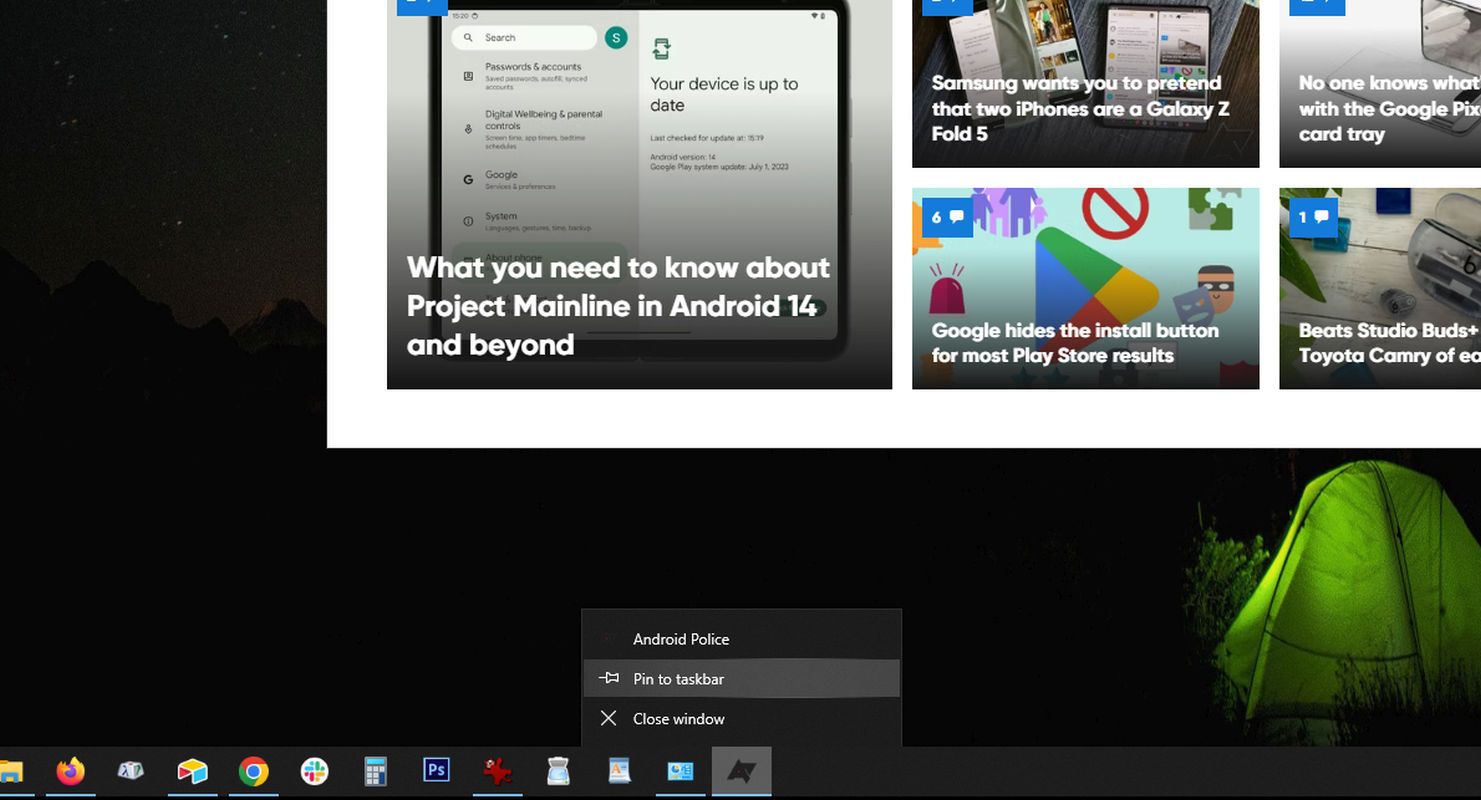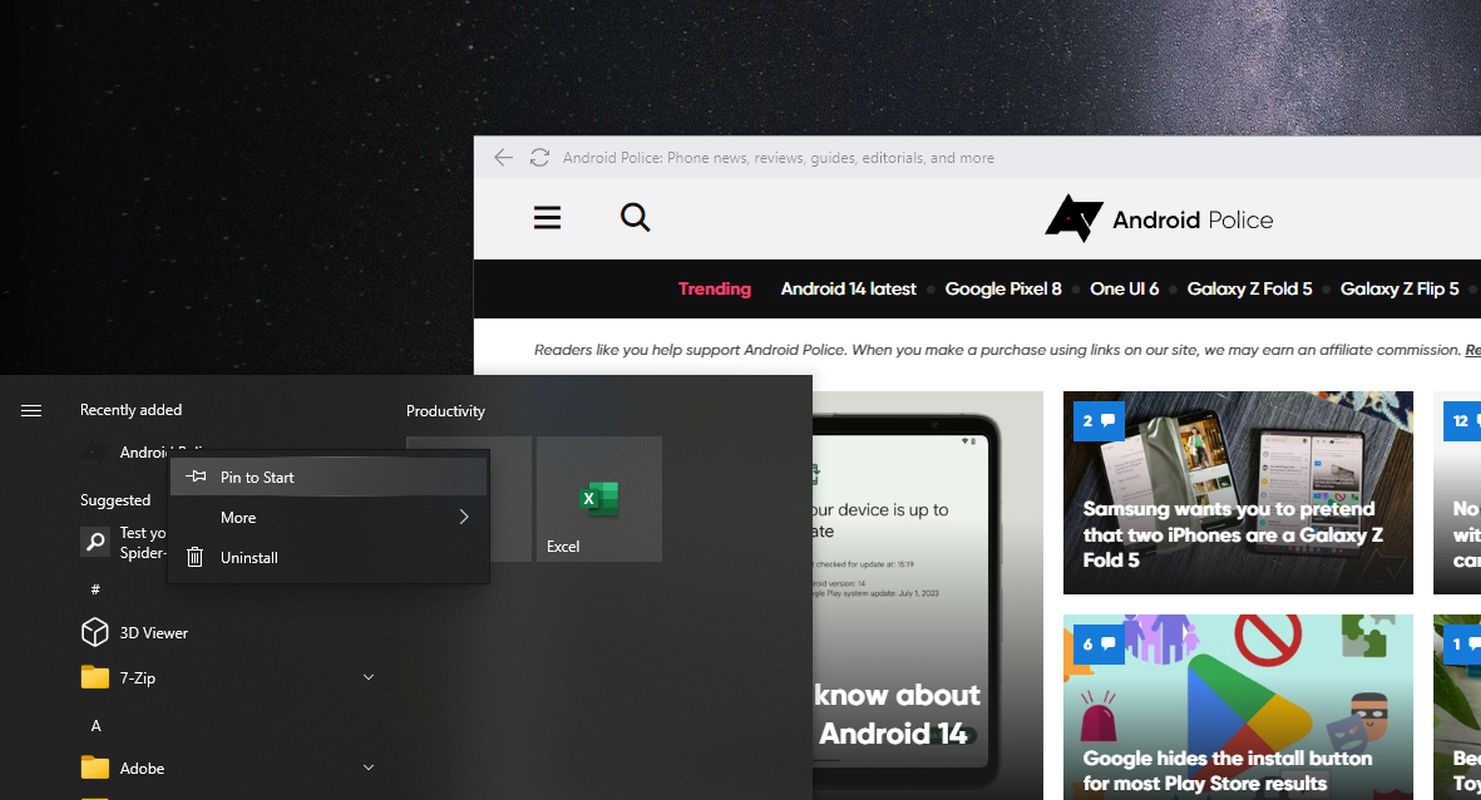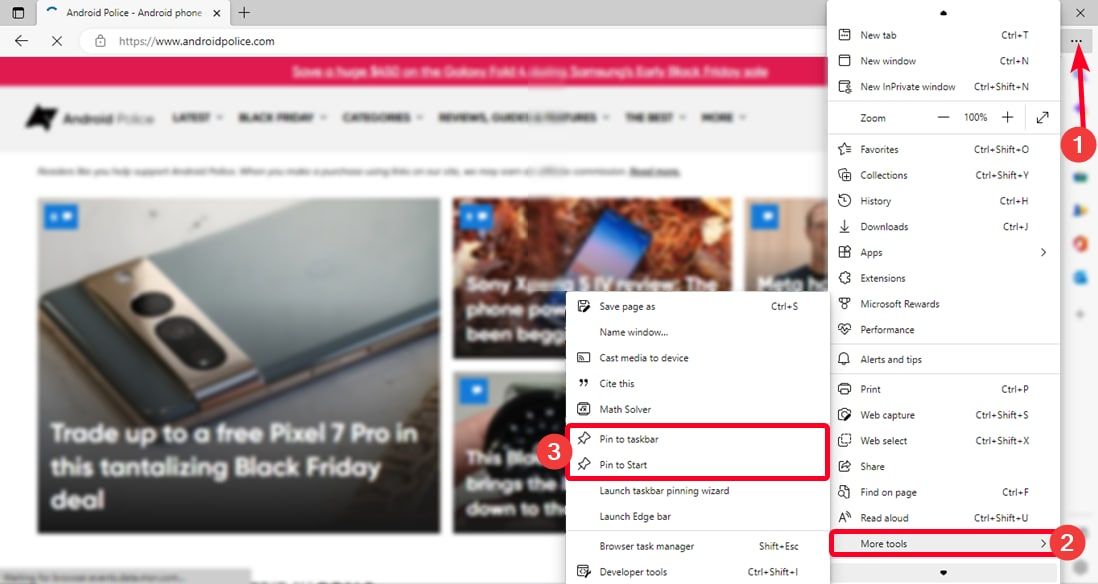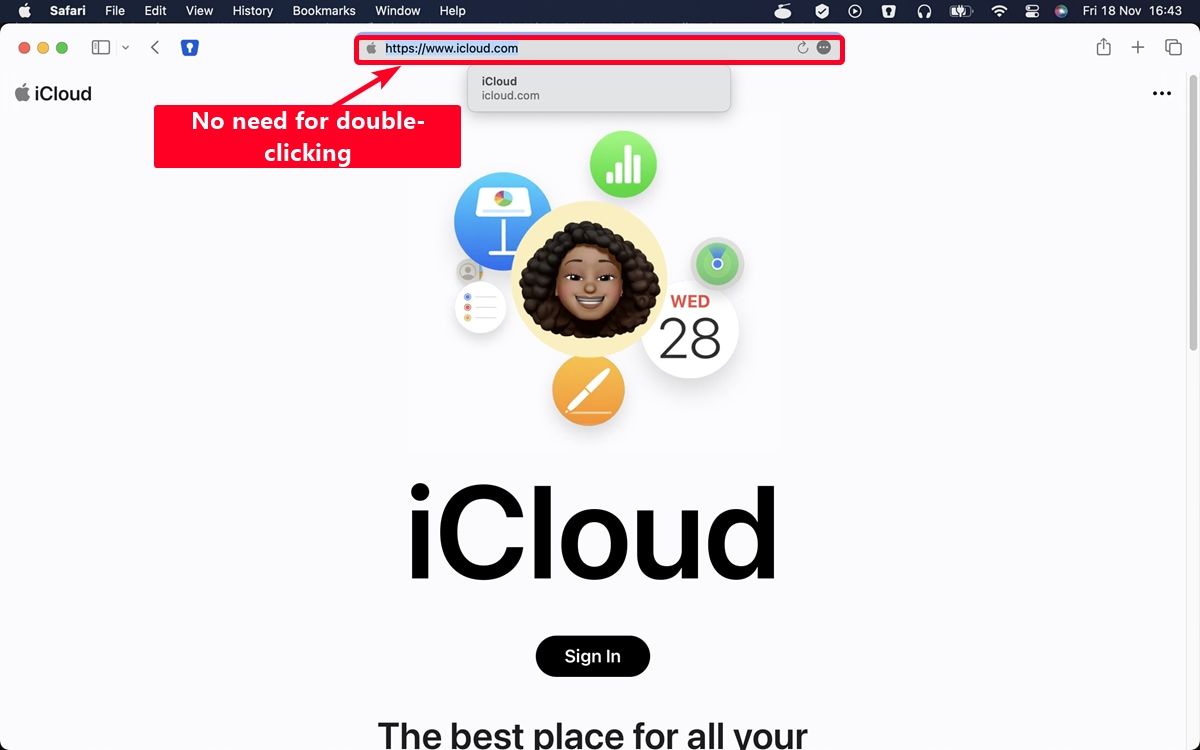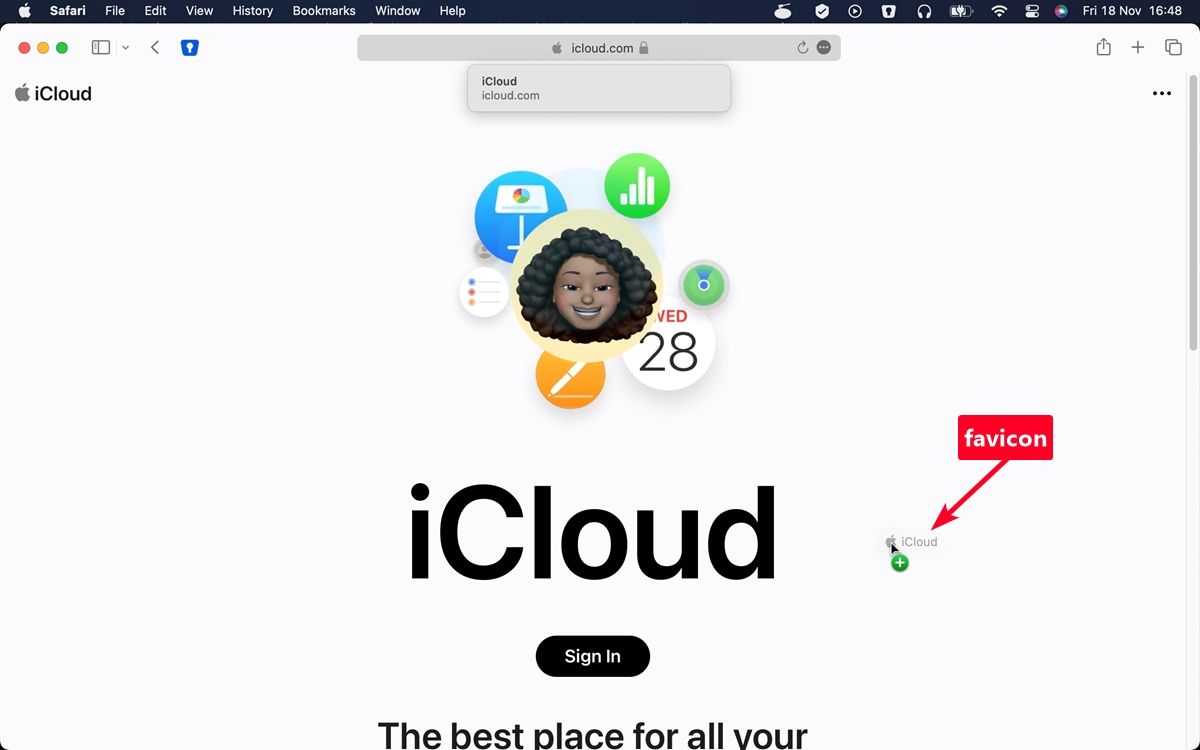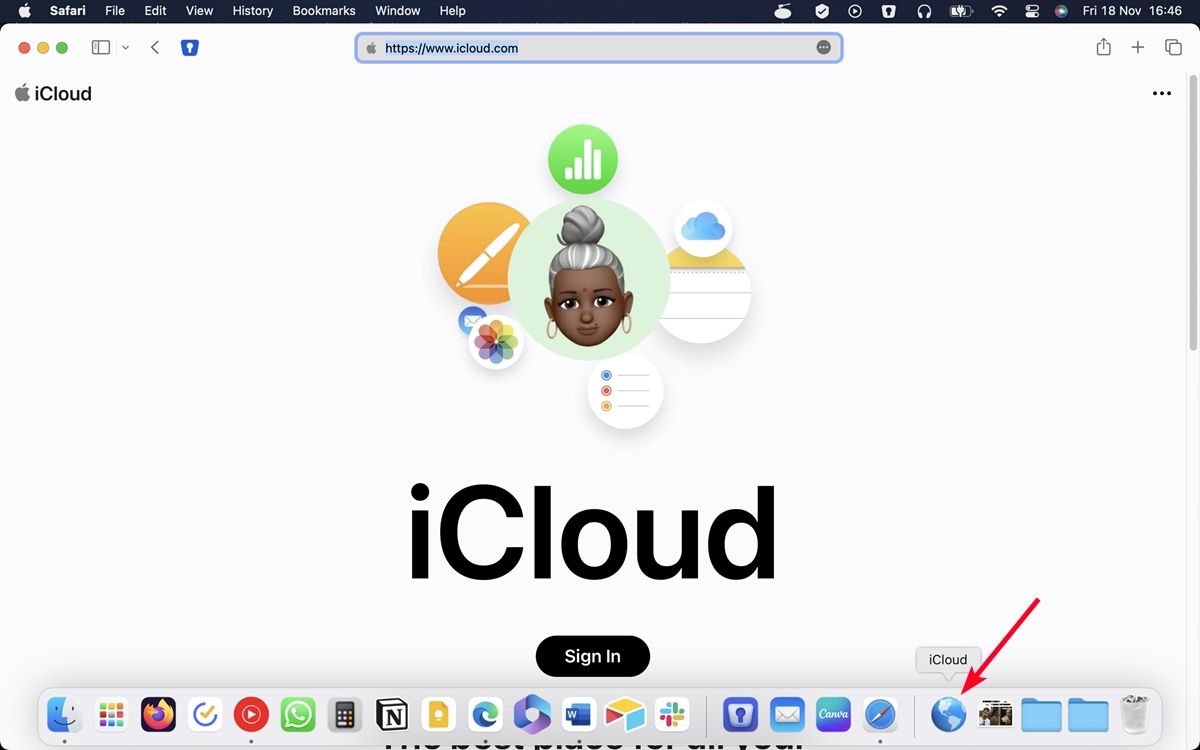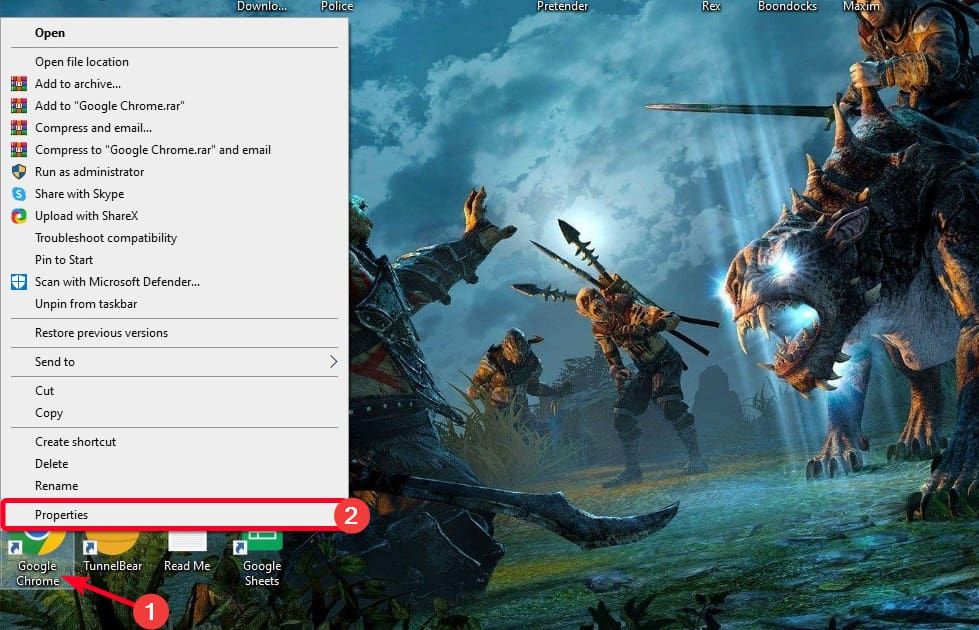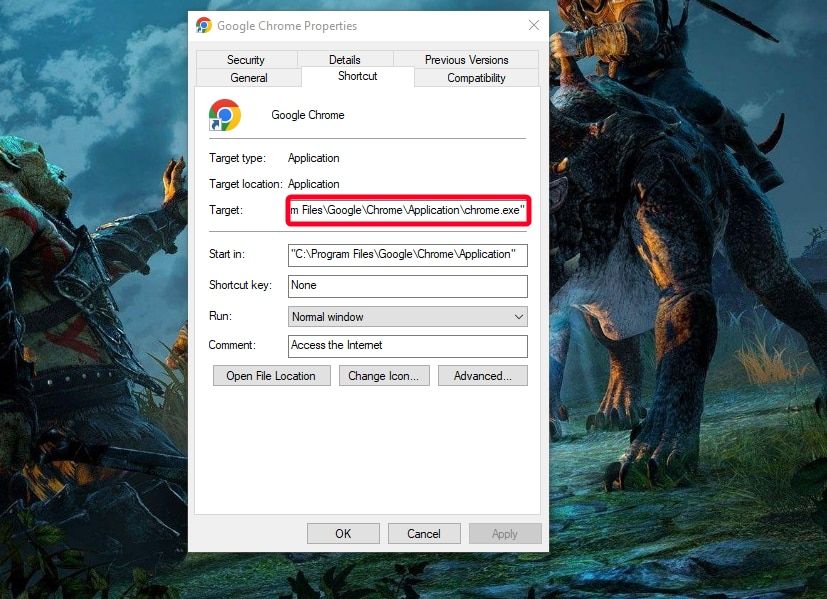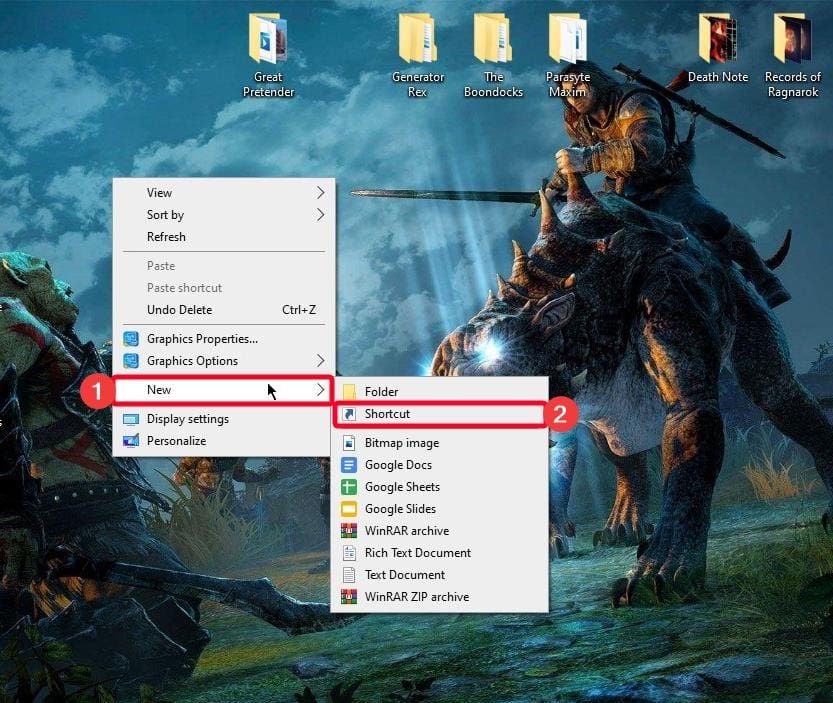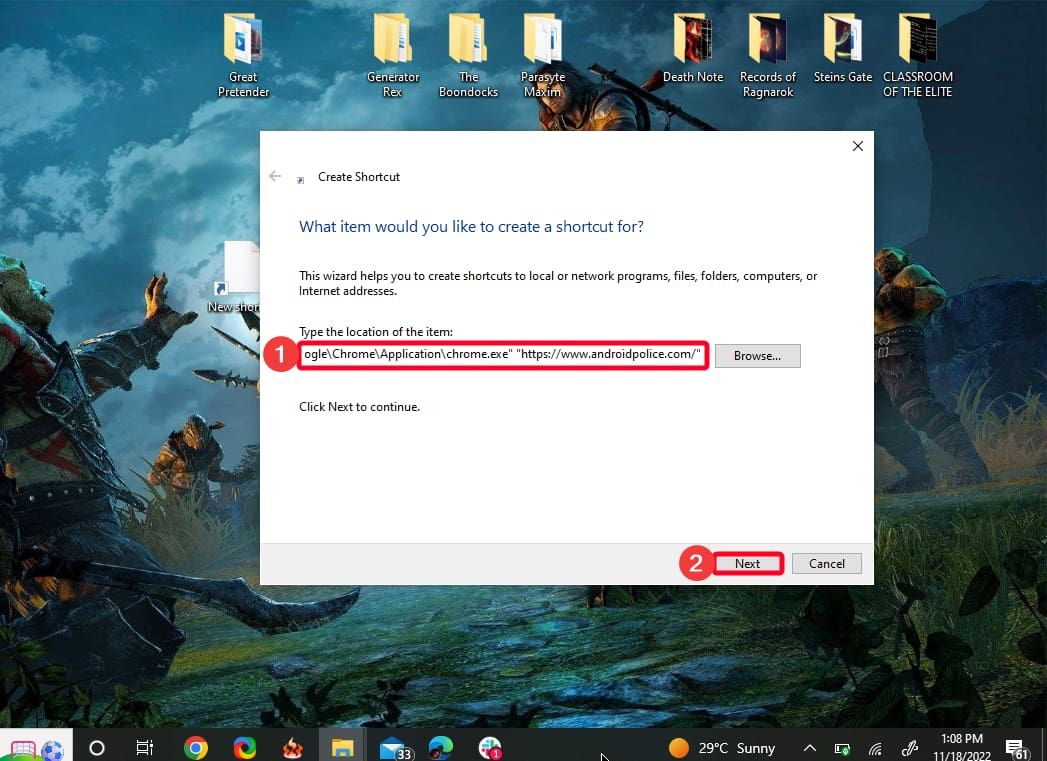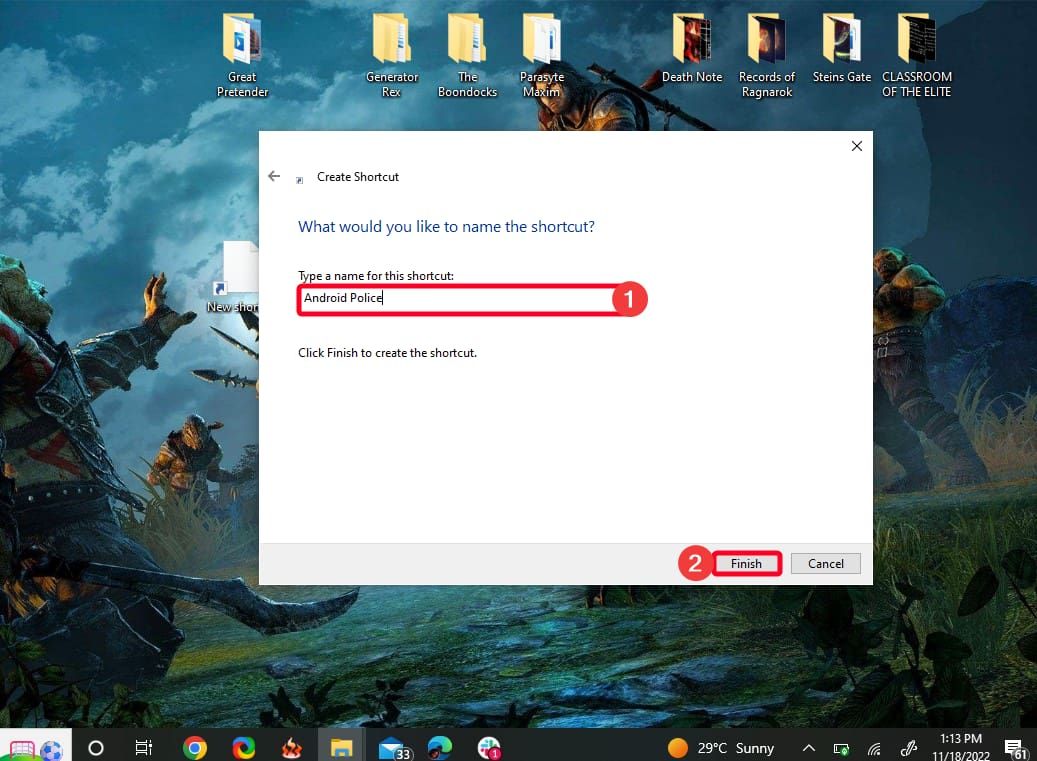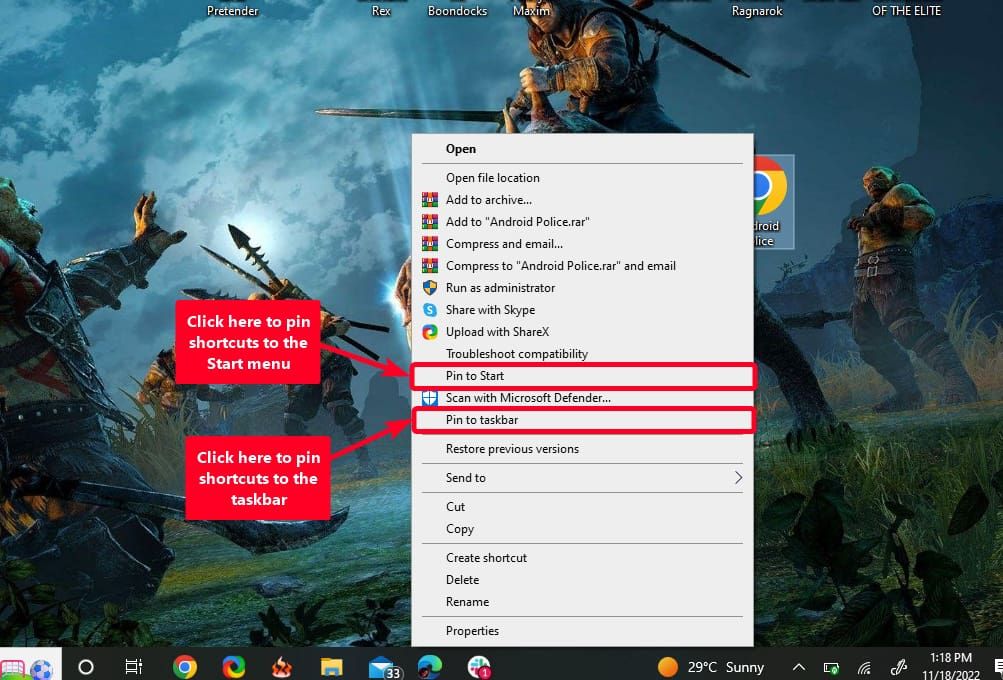If you spend a lot of time on the internet, you likely visit a handful of sites regularly. Now, you could be typing in those URLs by hand or bookmarking your most-visited sites in your browser. Depending on your device's OS, you can pin websites to your device's shelf, dock, taskbar, or Start menu and run them like applications. That way, you don't have to enter the link in your browser's address bar every time you visit a web page. They keep your digital workspace looking clean and organized, helping you get more done with less effort. And if you're showing off your new Chromebook, you want it to look good.
No matter which browser you use, this guide shows you how to stick your links where you want them on your taskbar or start menu.
Different ways to pin links on your browsers
When you pin a website on most browsers (right-click the tab, then select Pin or Pin tab), the tab becomes smaller, displaying only the website icon instead of its title. The new tiny tab is then moved to the left of the tab bar and the close button disappears, preventing you from accidentally shutting it. You can swap the positions of your pinned tabs with each other, but they're kept separate from your other open tabs. If you want to get rid of them, unpin them, and they'll reappear as regular tabs.
You can also pin links to your homescreen, taskbar, or start menu as shortcuts and run them like you would a normal application. Some browsers have built-in features that make this process easy for you. Others require a more complicated procedure involving manually creating a shortcut and tweaking its properties. Whichever browser you use, Android Police has you covered.
How to pin links using Google Chrome
Google Chrome is one of the few browsers that gives you the option to pin websites to your taskbar or start menu. The browser only lets you pin links as shortcuts. A shortcut is a quick way to access any file on your device. Clicking the shortcut launches the file without you having to find the location.
Make a website shortcut using Chrome on a Windows PC
- Launch Google Chrome and go to the website you want to pin.
-
Click the ⋮ icon in the upper-right corner of the browser.
-
Hover your cursor over More tools, then click Create shortcut.
- A dialog box appears, giving you the option to choose your shortcut's name.
- Select the checkbox that says Open as window. You can leave it unchecked, but opening it as another window saves a step.
-
Click Create.
From here, a couple of things happen at once. First, you'll notice a new window with your website loaded. Next, your website's icon will be on the taskbar with your other open and pinned programs. There will also be a shortcut on your desktop. Finally, in your Start Menu, you'll see your website near the top under Recently added.
Pin your Chrome shortcut to the taskbar
You can pin your new shortcut to the taskbar in two quick clicks.
- Right-click the new shortcut on the taskbar.
-
Select Pin to taskbar.
Pin your Chrome shortcut to the Start menu
Pinning your shortcut to the Start menu is as easy as getting it to the taskbar.
- Open the Start menu and right-click on your shortcut.
-
Select Pin to start.
Your shortcut is placed in a new group on the Start menu, but moving it around is as easy as clicking and dragging.
Make a website shortcut using Chrome on an Android device
- Open Chrome and go to the website you want to pin.
- Tap the ⋮ icon.
- Select Add to Home screen.
-
Type a name for your shortcut and tap Add.
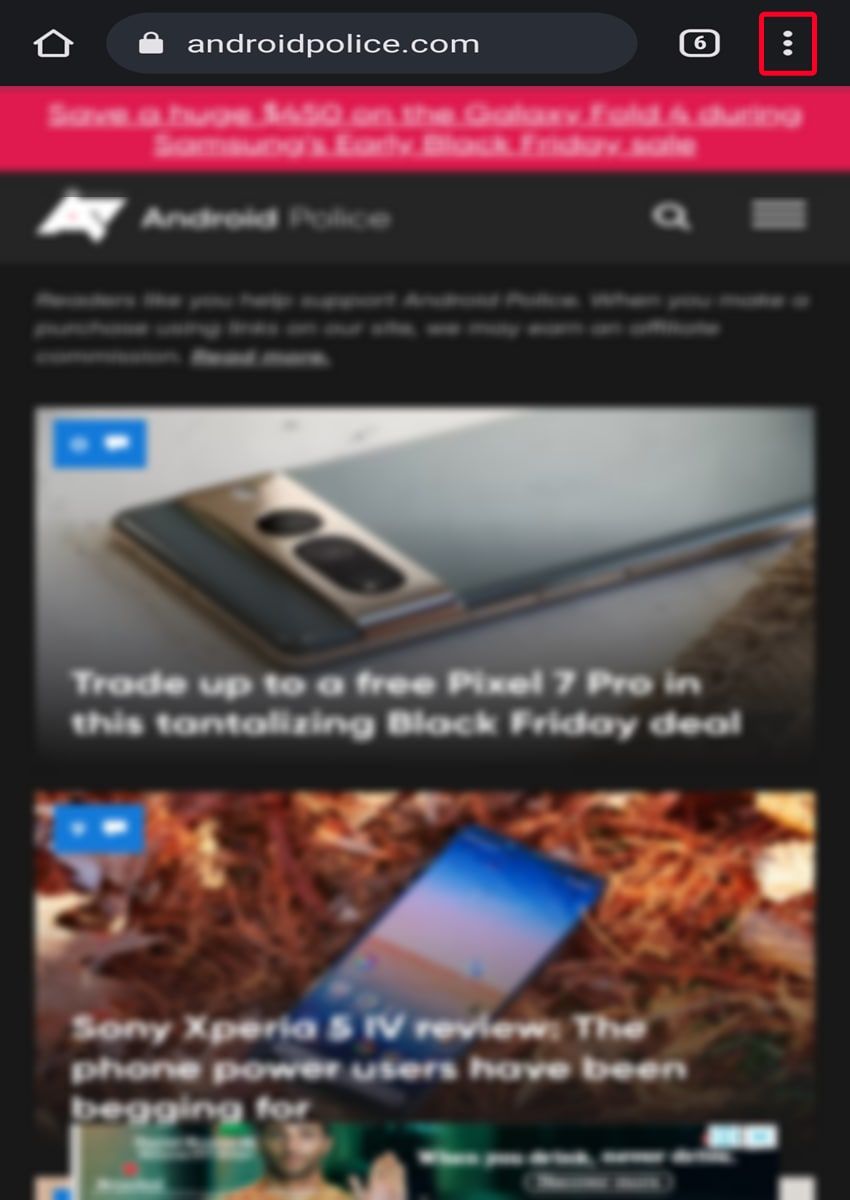
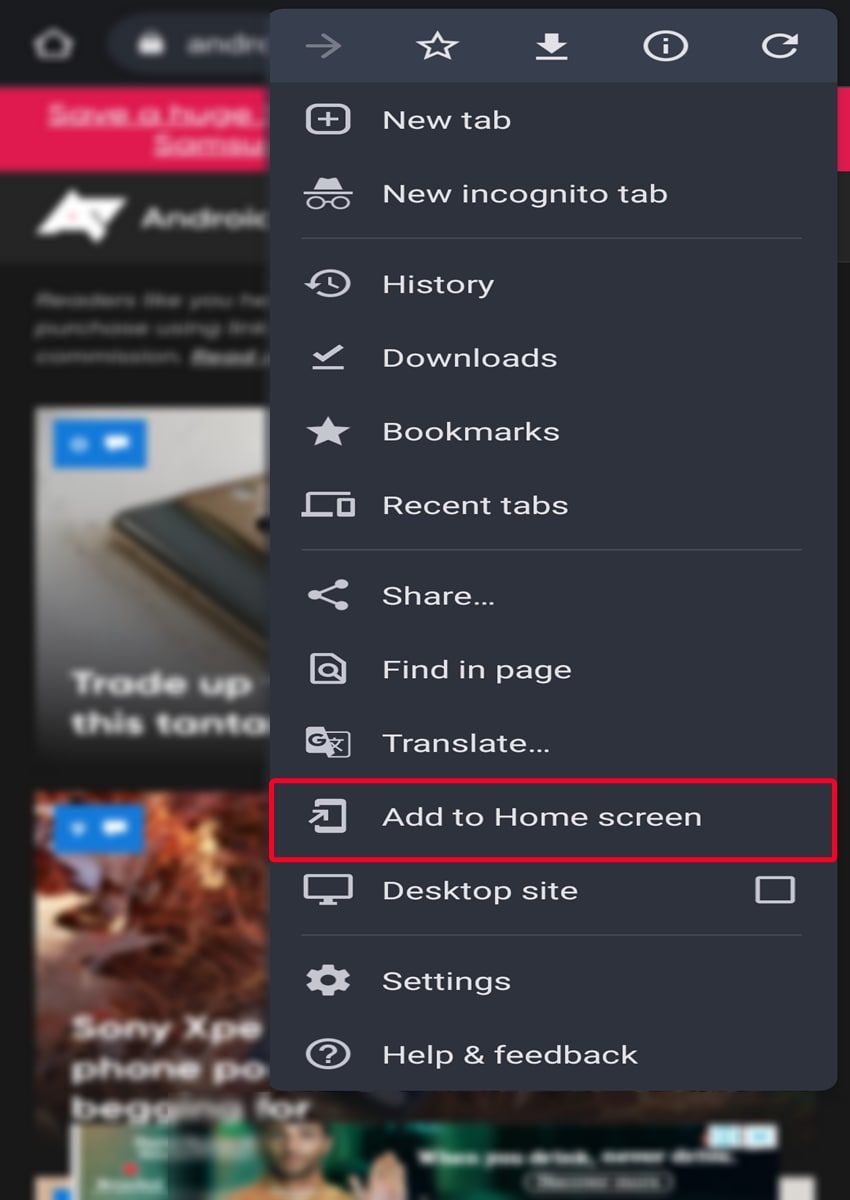
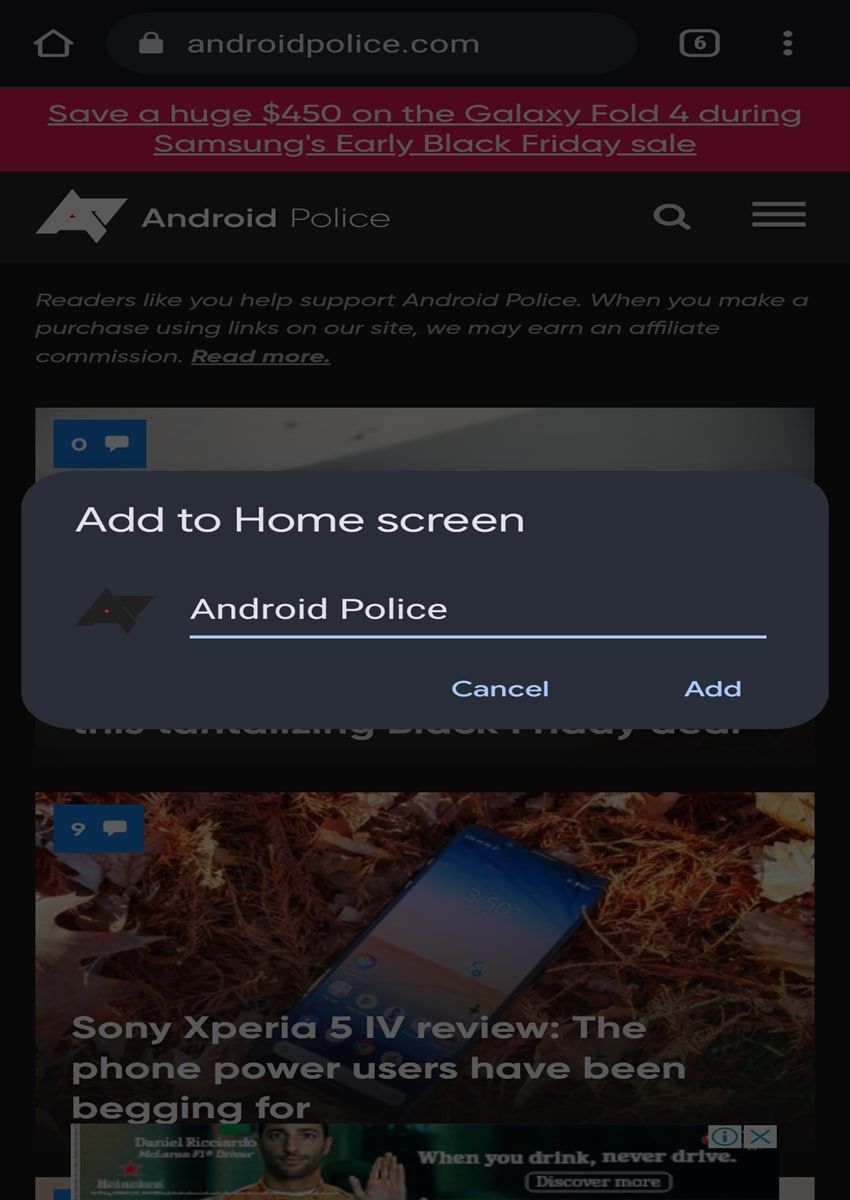
Your shortcut appears on your smartphone's homescreen, where you can drag and drop it into any position you want.
How to pin links using Microsoft Edge
Microsoft Edge uses its home-field advantage and allows you to pin your link to the taskbar or Start menu without creating a shortcut.
Pin links to the taskbar or Start menu using Microsoft Edge on a Windows PC
- Run Microsoft Edge.
- Click the ⋮ icon beside your profile icon.
- Hover your cursor over More tools.
- To pin the link to the taskbar, select Pin to taskbar.
-
To pin the link to the Start menu, select Pin to Start.
Pin links on Microsoft Edge using Android phones and tablets
- Open Microsoft Edge and go to the website you want to pin.
- Tap the ☰ icon in the lower-right corner of the screen.
- Swipe the menu up and then select Add to phone.
-
Type a name for your shortcut. Then tap Add.
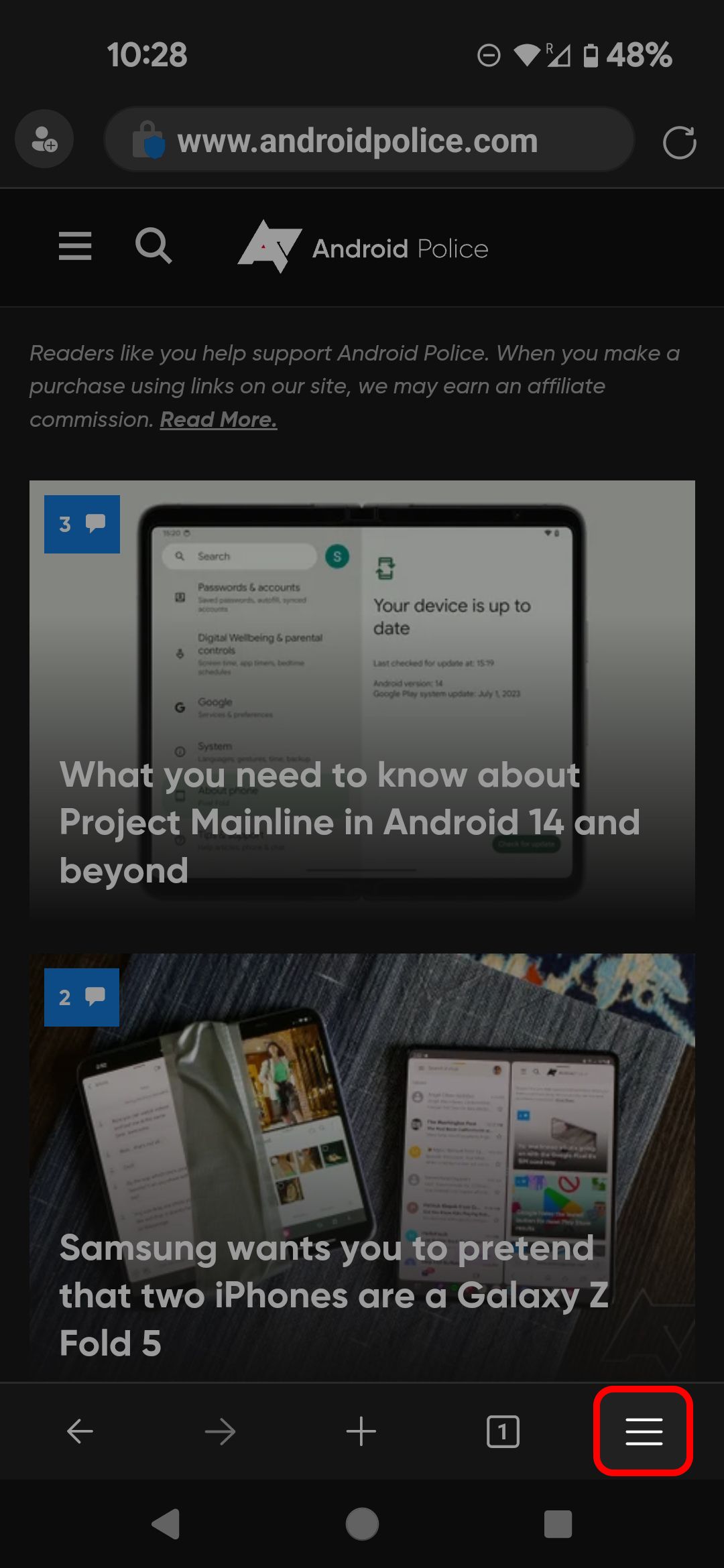
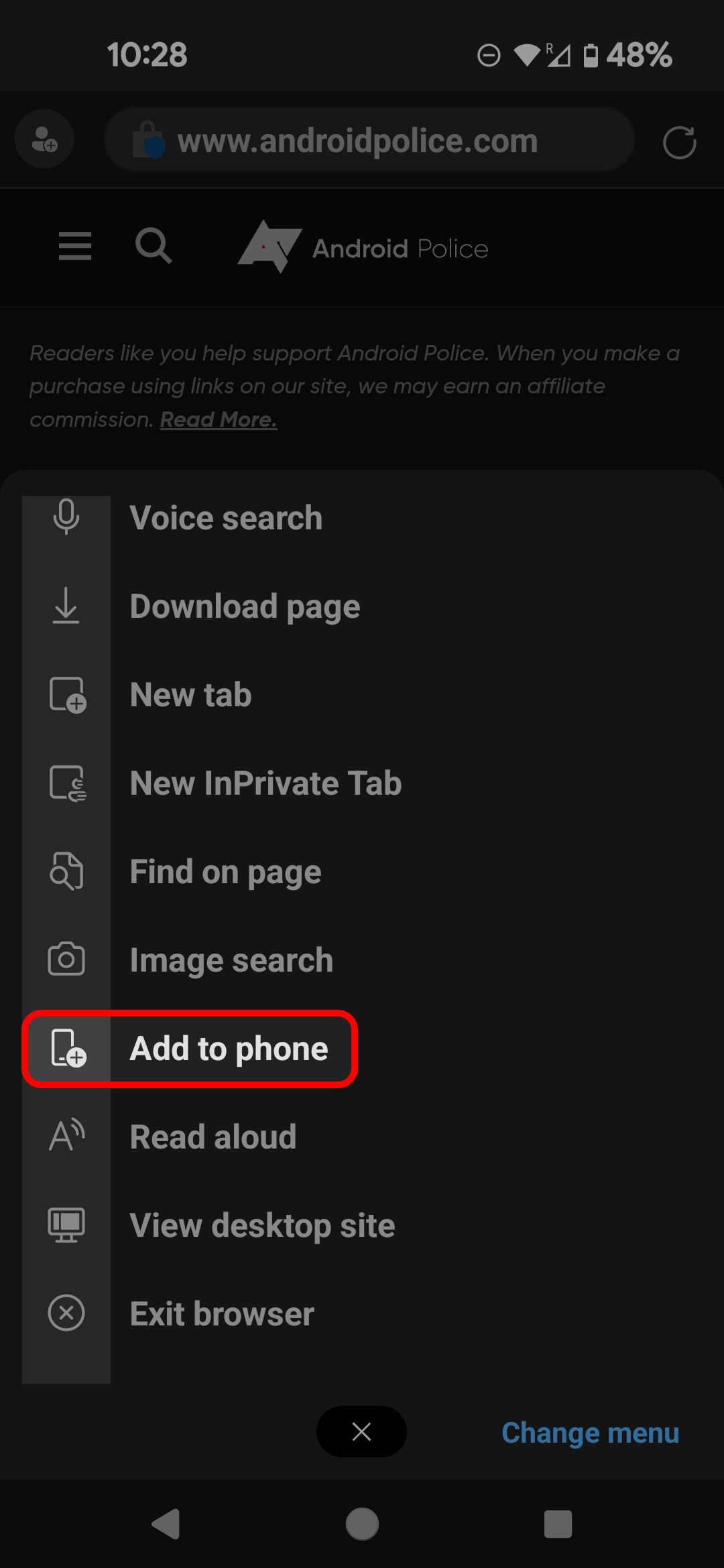
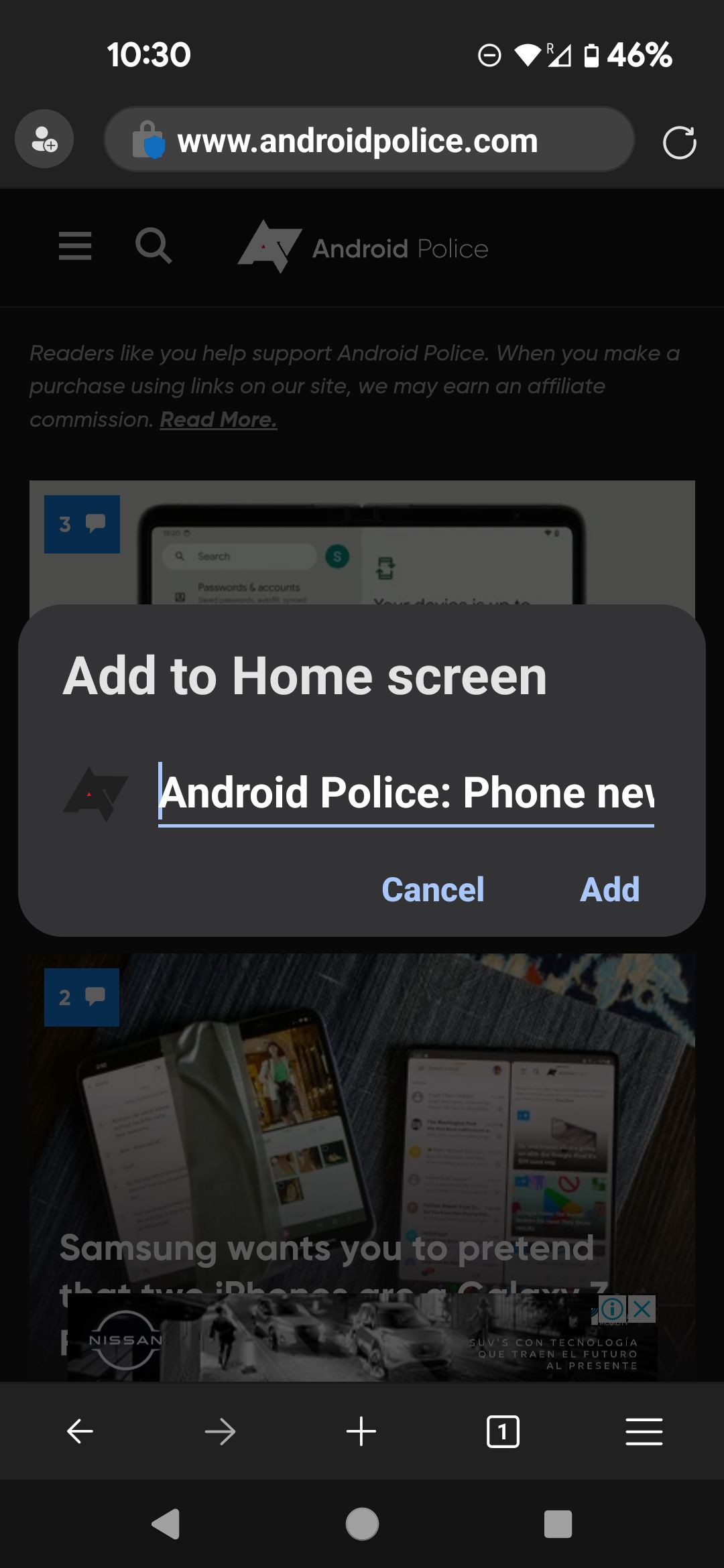
How to pin links on Safari
Apple discontinued Safari on Windows PCs in 2012. You can download the browser from third-party websites if you want it, but you won't receive the latest updates.
Pin links on Safari using your computer
- Run Safari.
- Visit the page you want to pin to the taskbar or dock. The dock is Apple's version of the taskbar.
-
Click the address bar, and Safari automatically highlights the URL.
-
Drag the URL to the taskbar or dock at the bottom of the screen. When you drag a URL, Safari turns it into a favicon.
-
Release the URL to pin it as a shortcut. Clicking the shortcut opens the website in Safari.
Pin links on Safari using iPhones and iPads
- Open Safari and visit the website you want to pin to your homescreen.
- Tap the Share icon to expand the menu.
-
Select Add to Home Screen.

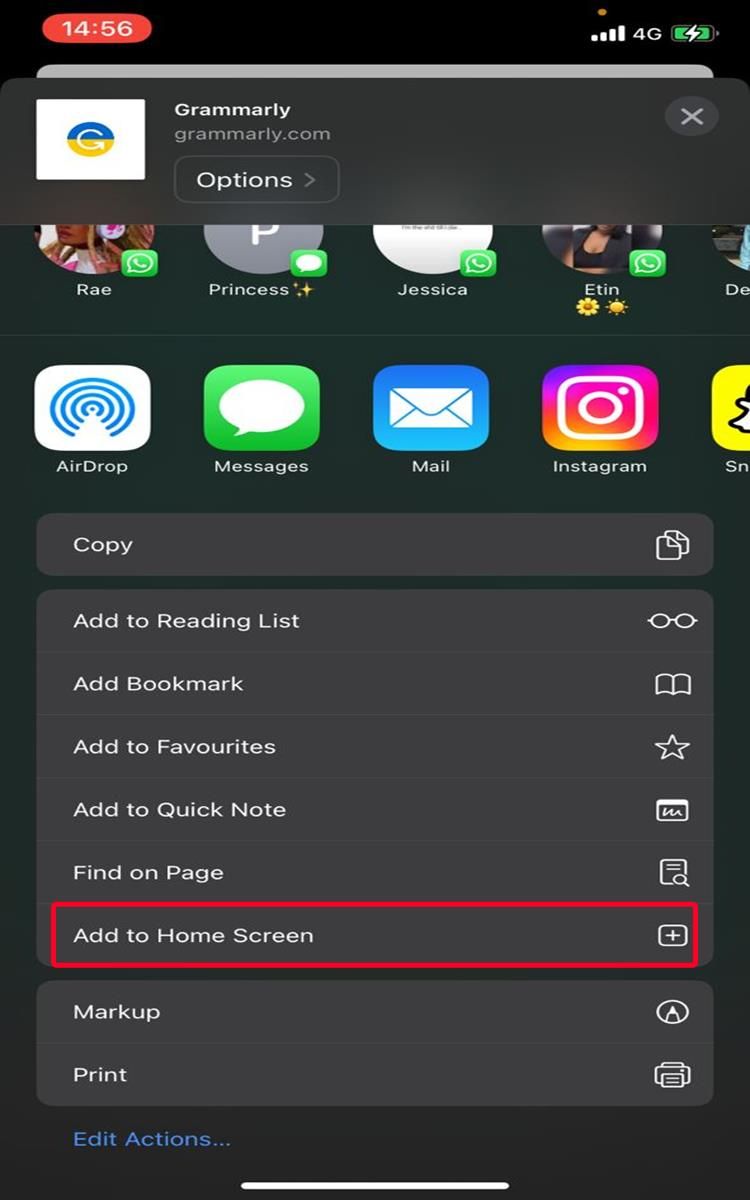
- Type a name for your shortcut.
-
Tap Add.
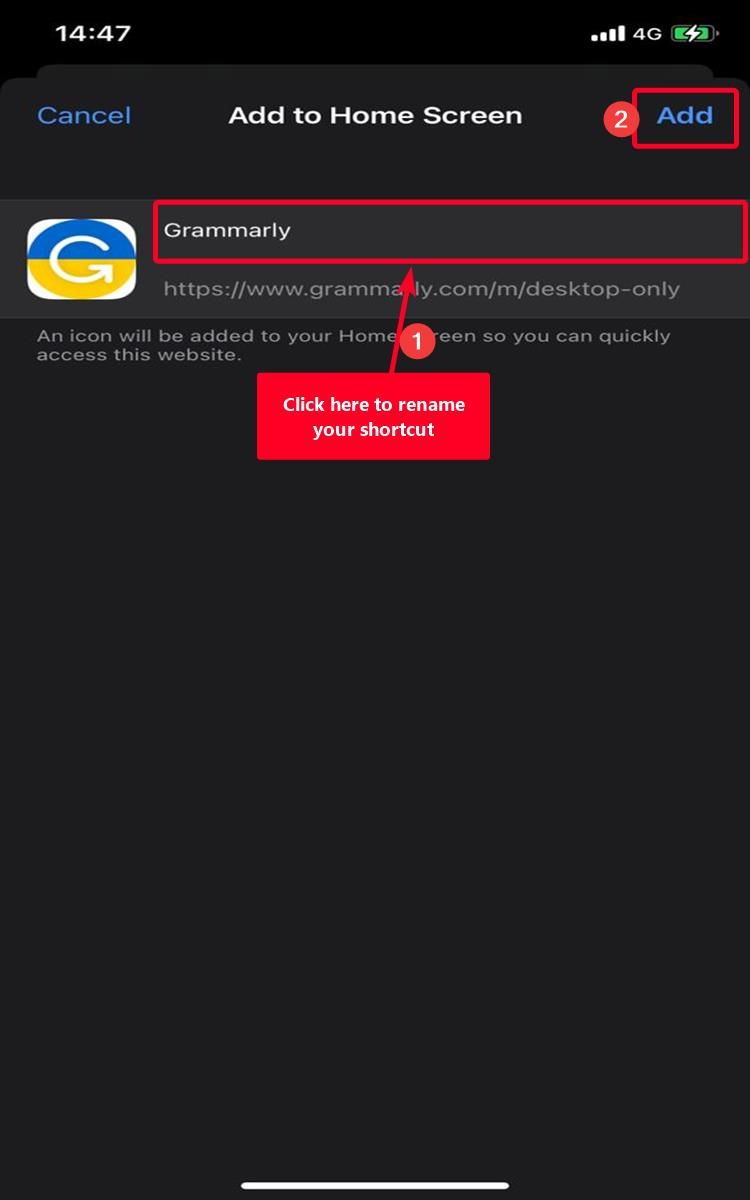
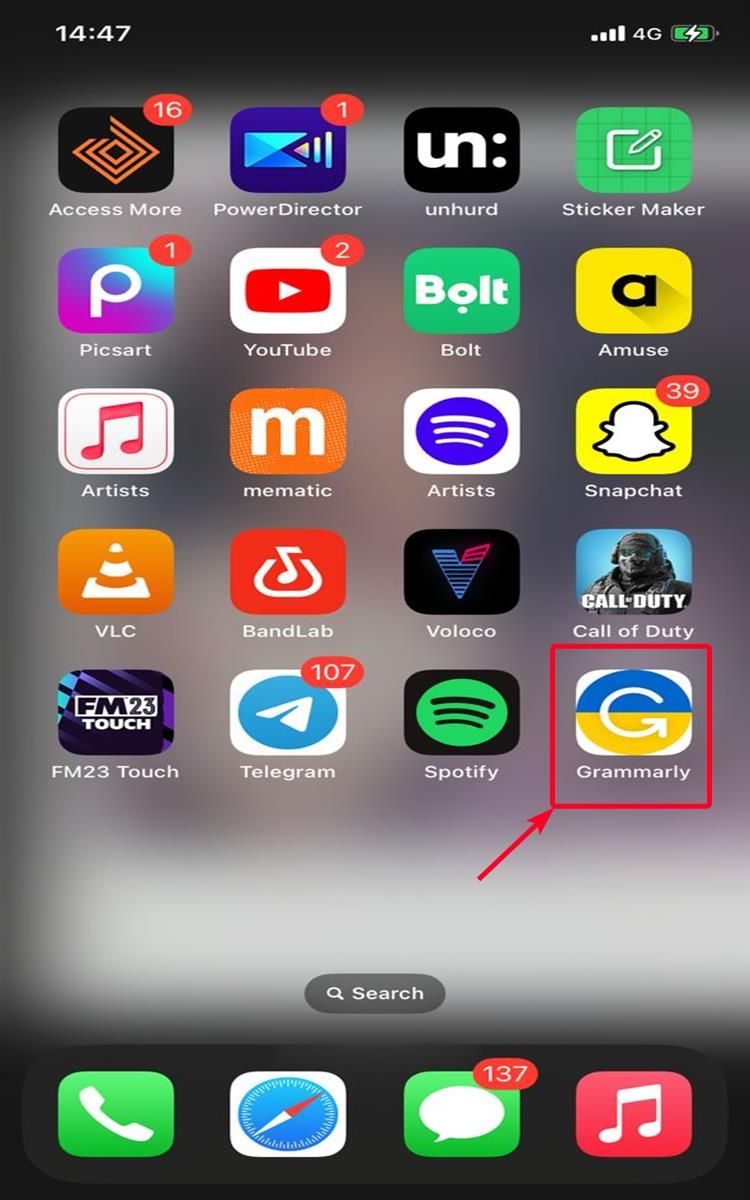
How to pin links on Firefox, Opera, Vivaldi, and other browsers
Other browsers don't have built-in buttons for creating shortcuts. In this case, you may need to create the shortcut from your homescreen. You'll need the URL of the website you want to pin and the shortcut location for your browser. When you create a shortcut, your computer stores it in a different location from the original application. What you need for this procedure is to copy the shortcut location and not the browser's location.
Below are examples of how the shortcut locations for most browsers should look on your computer:
- Firefox: "C:\Program Files\Mozilla Firefox\firefox.exe"
- Opera: "C:\Users\[USERNAME]\AppData\Local\Programs\Opera\launcher.exe"
- Vivaldi: "C:\Users\[USERNAME]\AppData\Local\Vivaldi\vivaldi.exe"
Find the shortcut location of your browser
- Right-click the browser from your homescreen.
-
Select Properties.
-
Go to the Target text box and copy the location inside the text box along with the quotation marks.
Create shortcuts for websites using shortcut locations
- Right-click an empty space on your homescreen.
- On the options list that appears, hover your mouse over New.
-
Select Shortcut.
- Paste the shortcut location into the text box.
- Press the spacebar on your keyboard to leave a blank space.
- Copy and paste the website's URL into the text box. Then, add quotation marks for it.
-
When you're done, click Next.
- Type a name for your shortcut.
-
Click Finish.
Pin shortcuts to the taskbar and start menu
- Right-click the shortcut you created with the previous steps.
- To pin the link to the taskbar, select Pin to taskbar.
-
To pin the link to the Start Menu, select Pin to Start.
Browse how you want
Every browser has upsides and downsides, but Google Chrome remains the preferred choice for many people because of its speed and user-friendly interface. Plus, Google Chrome is designed to run on Windows PCs and regularly receives updates with new features. If you're curious about what more you can do with your Chrome browser, there are some tips and tricks for Chrome on a desktop to make browsing easier.

